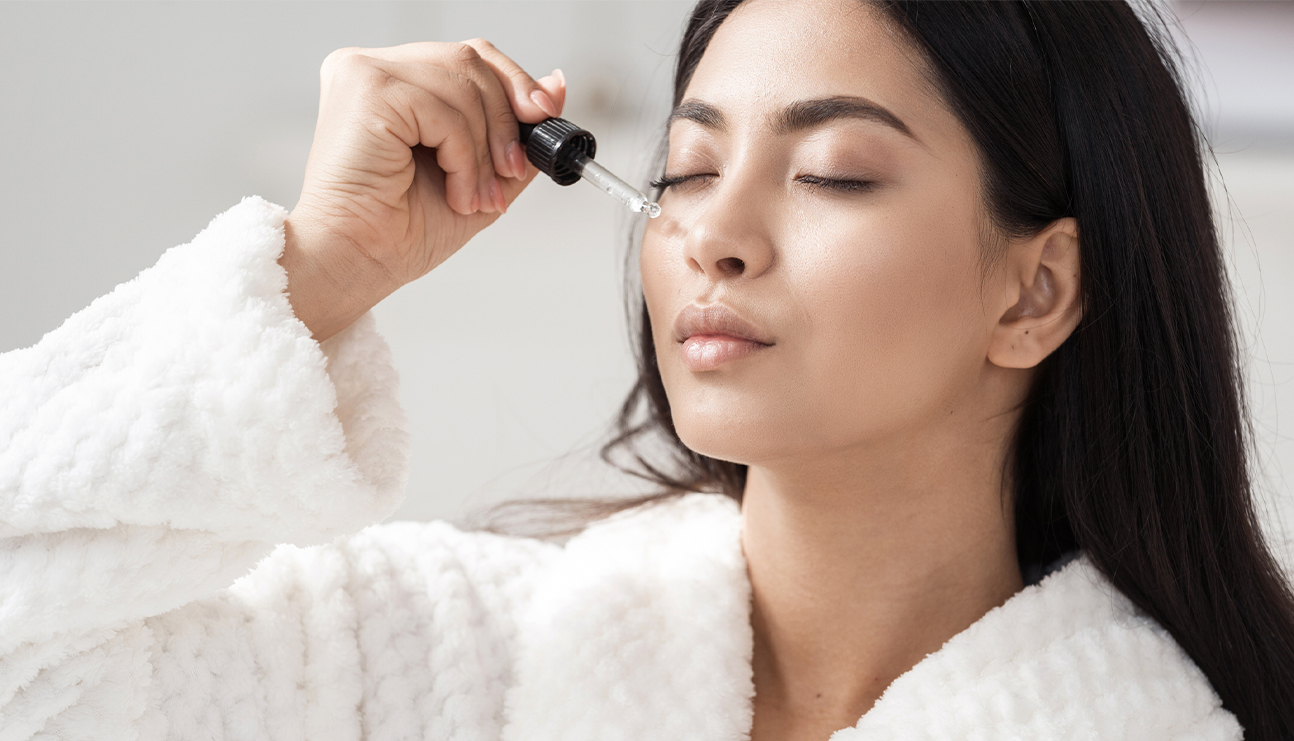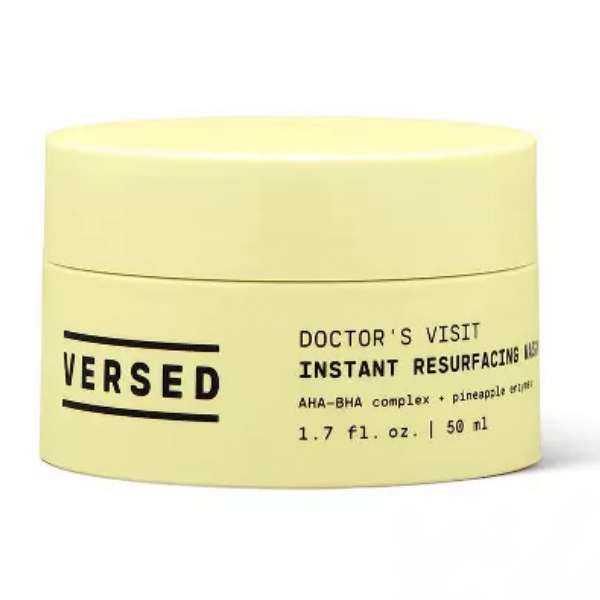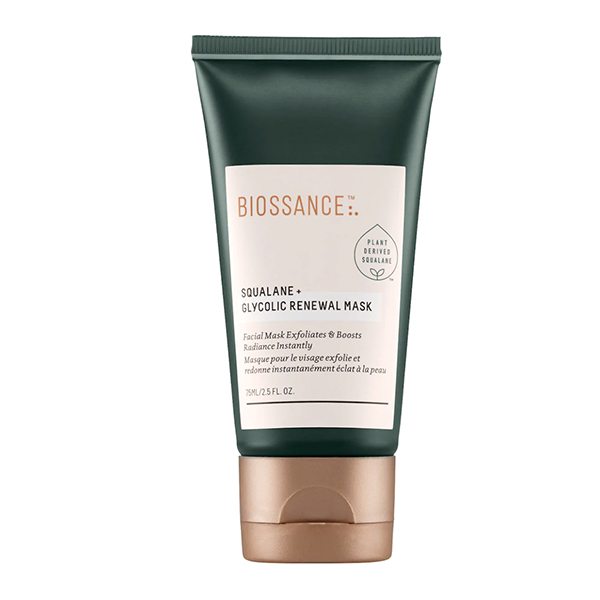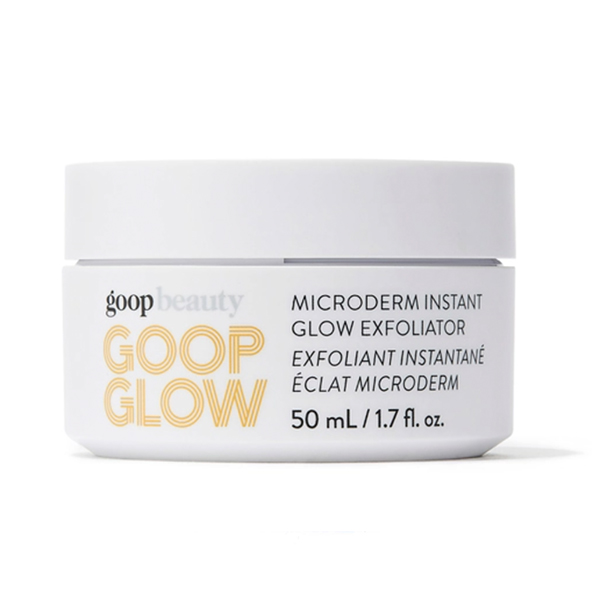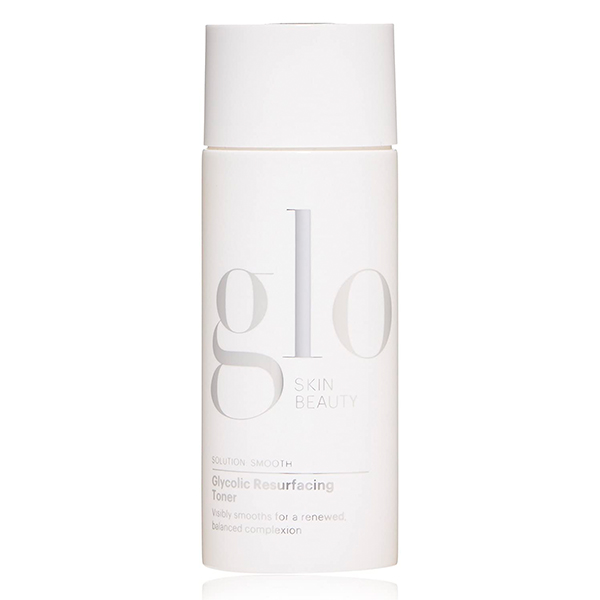What’s the deal with…Glycolic Acid?
Ariana DiValentino
Glycolic acid: it’s one of those ubiquitous ingredients you’ve probably noticed a lot in the skincare department. But to a layperson, the name alone doesn’t tell you much. You might see it used in peels, in acne treatments, in products with an anti-aging focus, even lightening creams for age spots and scars. It has so many purported benefits, it seems almost too good to be true, right?
Glycolic Acid Is a Science-Backed Jack-of-All-Trades
In skincare, glycolic acid is used as a chemical exfoliant. And unlike lots of ingredients in consumer skin products, glycolic acid is one of the few that’s actually backed up by considerable scientific study. It falls into the category of alpha hydroxy acids (AHAs), which are weak, water-soluble acids—hence why you’ll often see glycolic acid in the form of serums and other water-based products.
The first thing you need to know is that glycolic acid works—and if you’re not careful, it can work a little too well. Of all the AHAs, glycolic acid has the smallest molecular size, which allows it to penetrate deep into the skin. At high concentrations, it’s even used in chemical peels administered by dermatologists and plastic surgeons. So, yeah, it’s the real deal.
“Glycolic acid is the gold standard alpha hydroxy acid and chemical exfoliator used to help shed overdue dead skin cells, keeping cell turnover running smoothly to promote healthy, glowing skin,” skincare chemists Victoria Fu and Gloria Lu of Chemist Confessions and co-authors of Skincare Decoded told us.
Aiding and accelerating cell turnover is the M.O. of chemical exfoliants, and it brings a whole host of proven benefits: diminishing wrinkles, smoothing out skin texture, supporting elasticity, fighting acne, and treating hyperpigmentation. So, glycolic acid and other exfoliants aren’t over-promising—improved cell turnover truly just has a lot of benefits for skin.
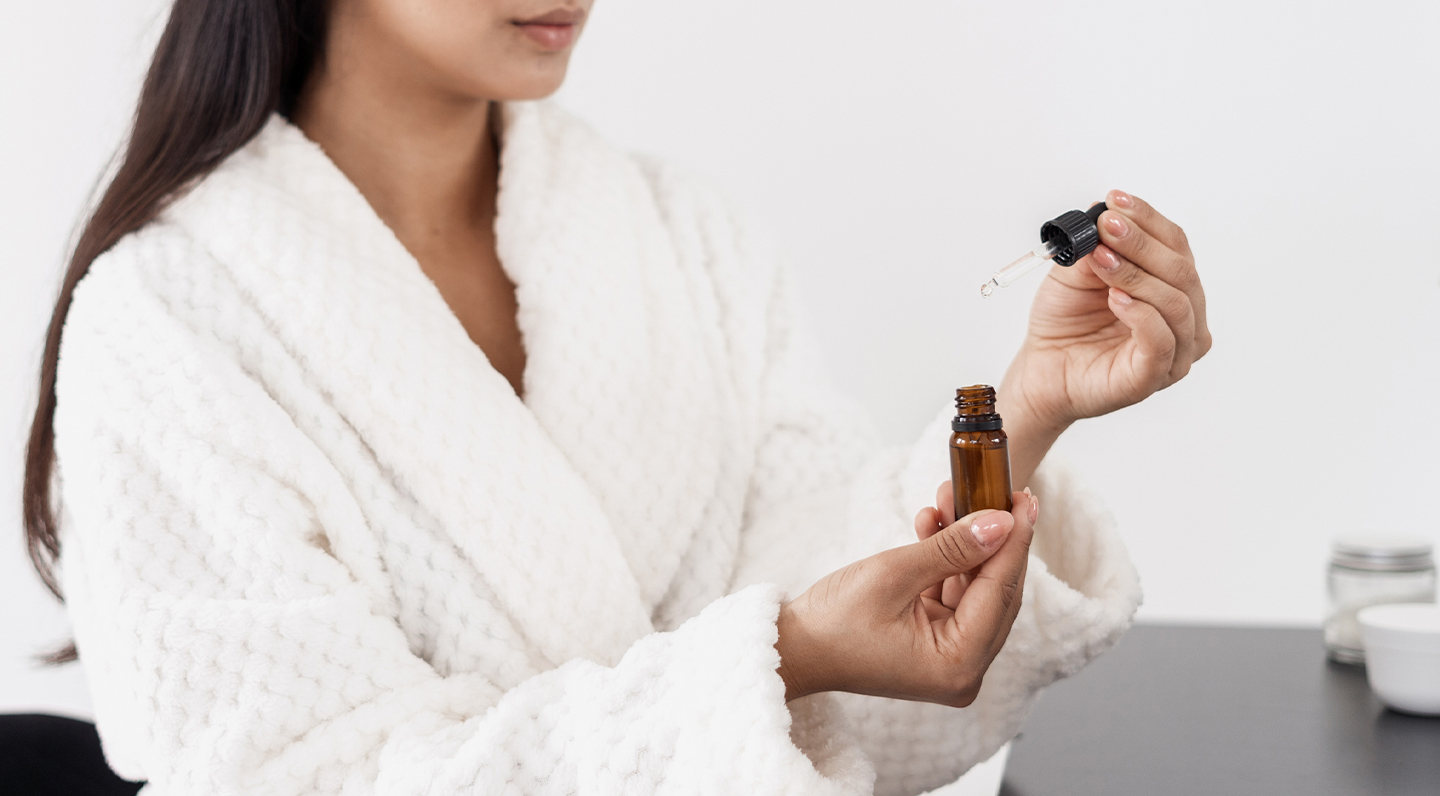
How to Choose Glycolic Acid Products
If you use or are thinking of using glycolic acid in your skincare routine, the most important factor to pay attention to is the concentration. As a daily at-home treatment, it doesn’t need to be very high—Fu and Lu suggest 5% for beginners, and up to 10% for more experienced users. Products in the 20-30% range, like masks, are best used just once a week.
As with any new-to-you product or active ingredient, start small and go slowly. If you’re new to using glycolic acid, start at a low concentration and keep an eye out for irritation or other side effects. Caution is especially important considering how powerful a chemical exfoliant glycolic acid is.
Ideally, look for products that list not only the concentration but the pH as well. 3.5 is the sweet spot for max effectiveness with minimal irritation, according to Skincare Decoded. When using chemical exfoliants, a little stinging is normal. A serious burning sensation, not so much. If your chosen glycolic acid treatment isn’t playing nice with your skin, consider looking for a gentler formulation or switching to a different chemical exfoliant altogether, like lactic acid or gluconolactone.
Interested in adding glycolic acid to your medicine cabinet? Here’s your starting point. These products fit the bill and they’re clean to boot.



